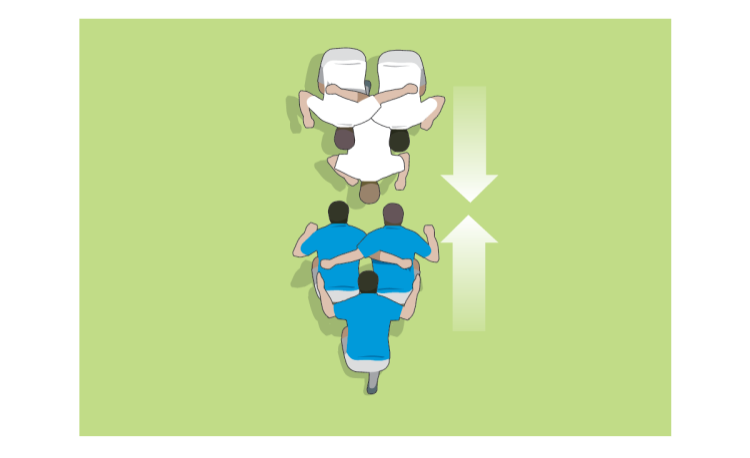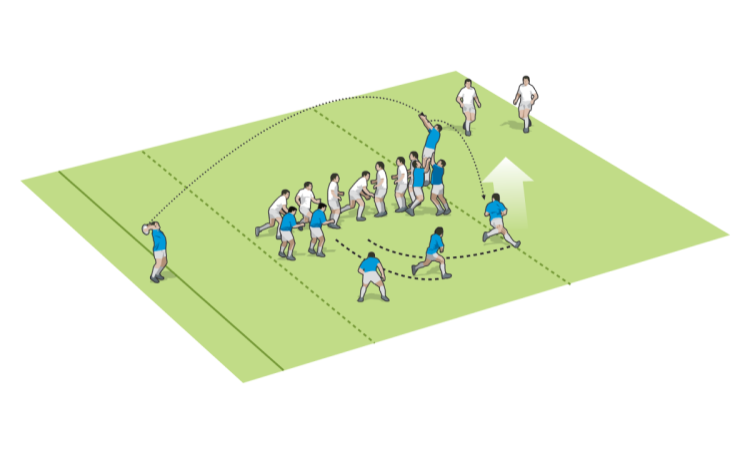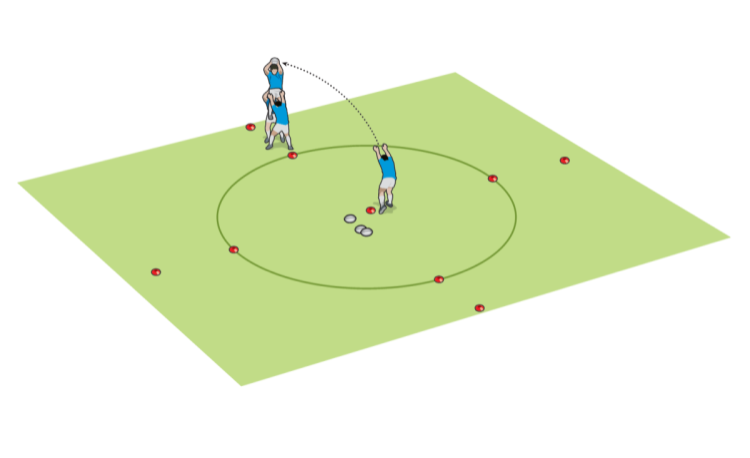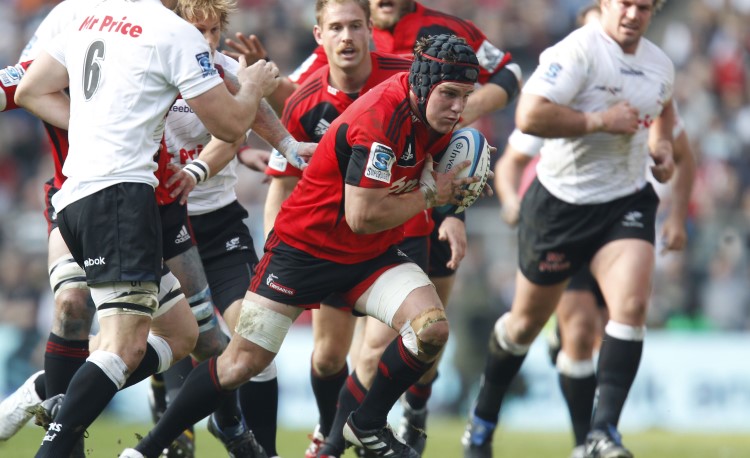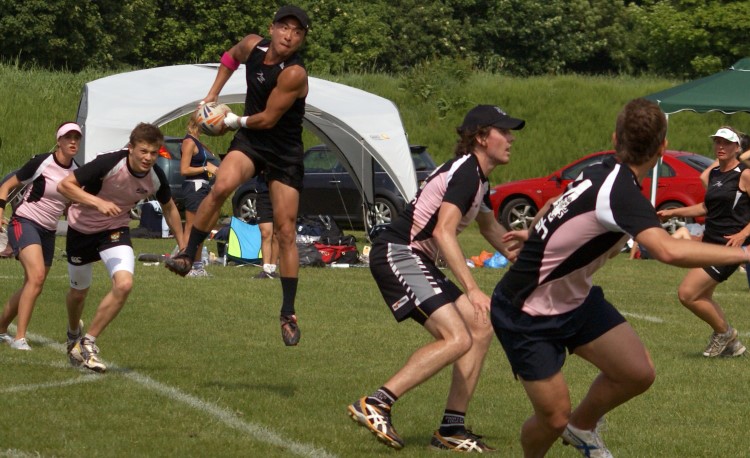You are viewing
1 of your 2 free articles
Put a man in the hole
Scrums & Lineoutsby Ian Diddams
Use the receiver – that is, the player in the 9 position – to create an extra man in the lineout. Regardless of how the opposition reacts, there will always be a spare player to receive the throw.
In reduced lineouts, jumpers can move to draw their defenders – creating space at the front, rear or middle. The receiver (not necessarily the 9) then runs into the hole to take the throw. If the defenders don’t shadow the jumpers, one of these must be free to receive instead.
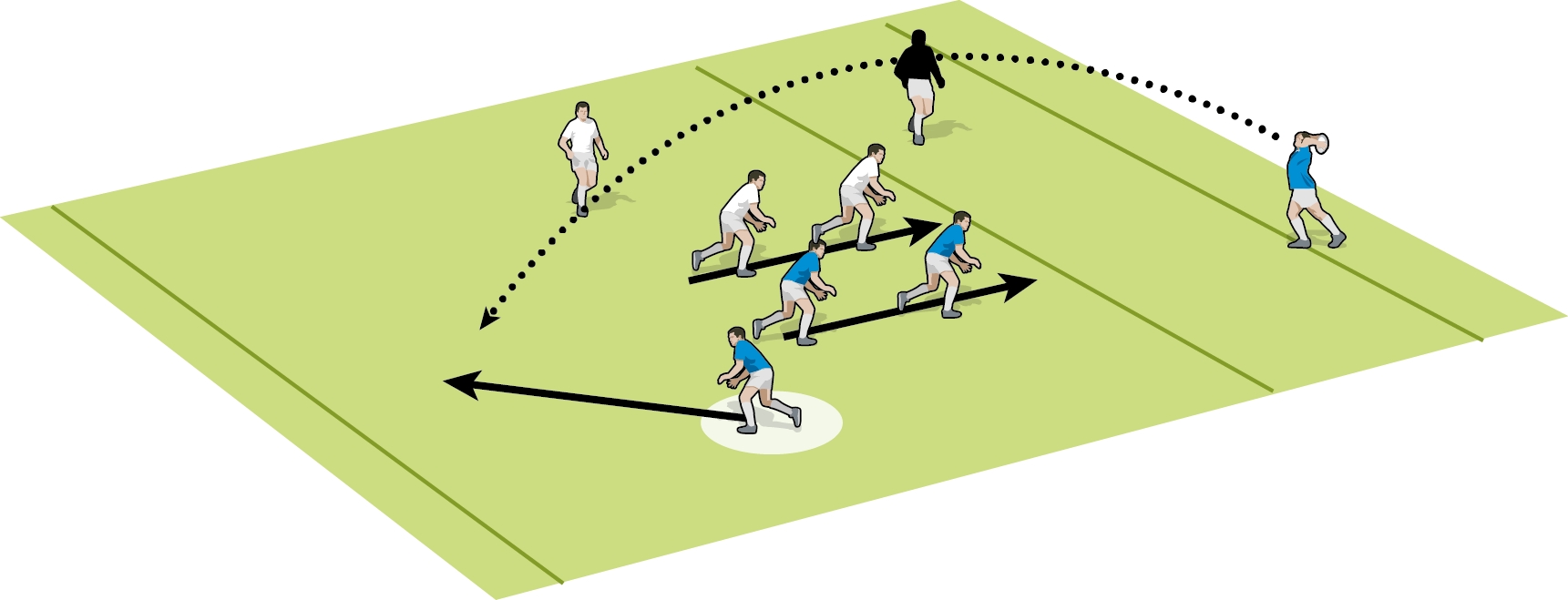

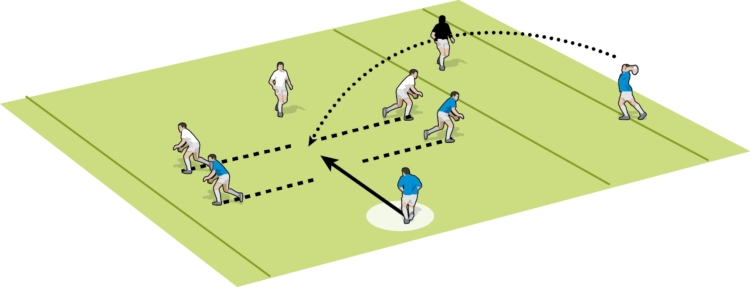
Operate quickly. A fast set-up and sharp movement gives opponents no time to think. It may also wrong-foot the immediate defence (receiver and hooker).
In reduced lineouts, jumpers can move to draw their defenders – creating space at the front, rear or middle. The receiver (not necessarily the 9) then runs into the hole to take the throw. If the defenders don’t shadow the jumpers, one of these must be free to receive instead.

- Set up as above with the attack (blue) compressing the lineout centrally.
- There are three options for the play: Option 1: Both blue jumpers run forward towards the touchline.
- If white follow, the hooker throws long to the back for the 9 to run onto.
- If white don’t follow, the hooker throws flat to the unmarked jumper(s).

- Option 2
- Both blue jumpers run back towards the 15m line.
- If white follow, it creates a space for the 9 to run onto a throw at the front. If white don’t follow, a lob to the back secures the ball.

- Option 3
- The two blue jumpers separate, moving forward and back.
- If white follow both jumpers, the 9 can take a lob ball in the middle.
- If one or both white players don’t follow, it gives an option to the unmarked blue player(s).
TECHNIQUE
Operate quickly. A fast set-up and sharp movement gives opponents no time to think. It may also wrong-foot the immediate defence (receiver and hooker).
Newsletter Sign Up
Coaches Testimonials

Gerald Kearney, Downtown Las Vegas Soccer Club

Paul Butler, Florida, USA

Rick Shields, Springboro, USA

Tony Green, Pierrefonds Titans, Quebec, Canada
Subscribe Today
Be a more effective, more successful rugby coach
In a recent survey 89% of subscribers said Rugby Coach Weekly makes them more confident, 91% said Rugby Coach Weekly makes them a more effective coach and 93% said Rugby Coach Weekly makes them more inspired.
Get Weekly Inspiration
All the latest techniques and approaches
Rugby Coach Weekly offers proven and easy to use rugby drills, coaching sessions, practice plans, small-sided games, warm-ups, training tips and advice.
We've been at the cutting edge of rugby coaching since we launched in 2005, creating resources for the grassroots youth coach, following best practice from around the world and insights from the professional game.
More from us
© 2023 Rugby Coach Weekly
Part of Green Star Media Ltd. Company number: 3008779
We use cookies so we can provide you with the best online experience. By continuing to browse this site you are agreeing to our use of cookies. Click on the banner to find out more.



